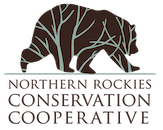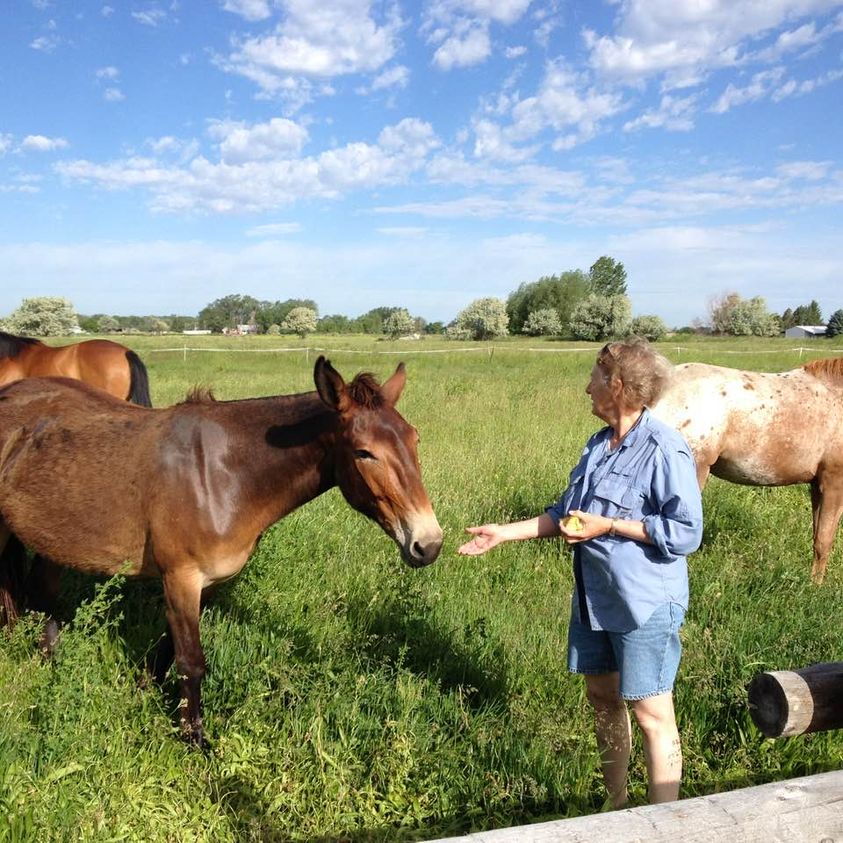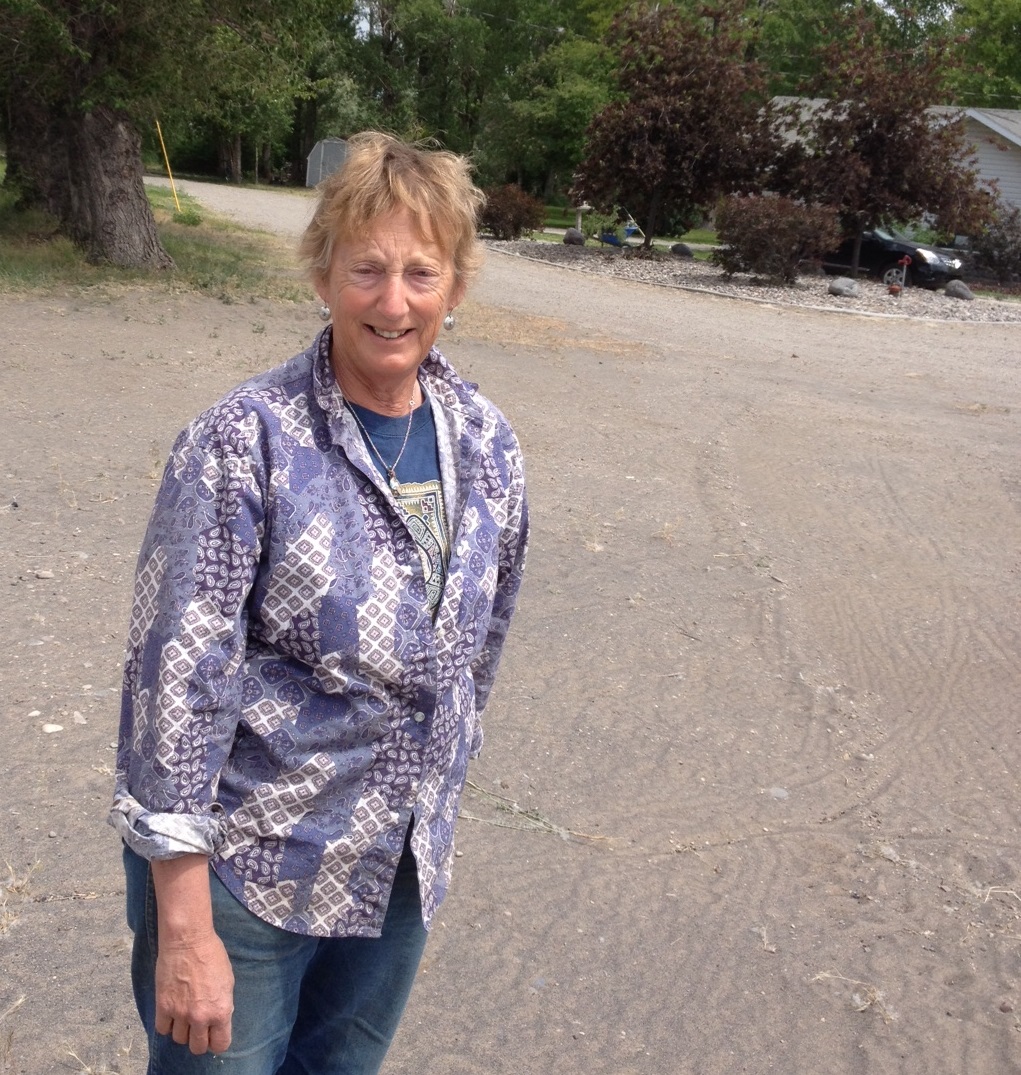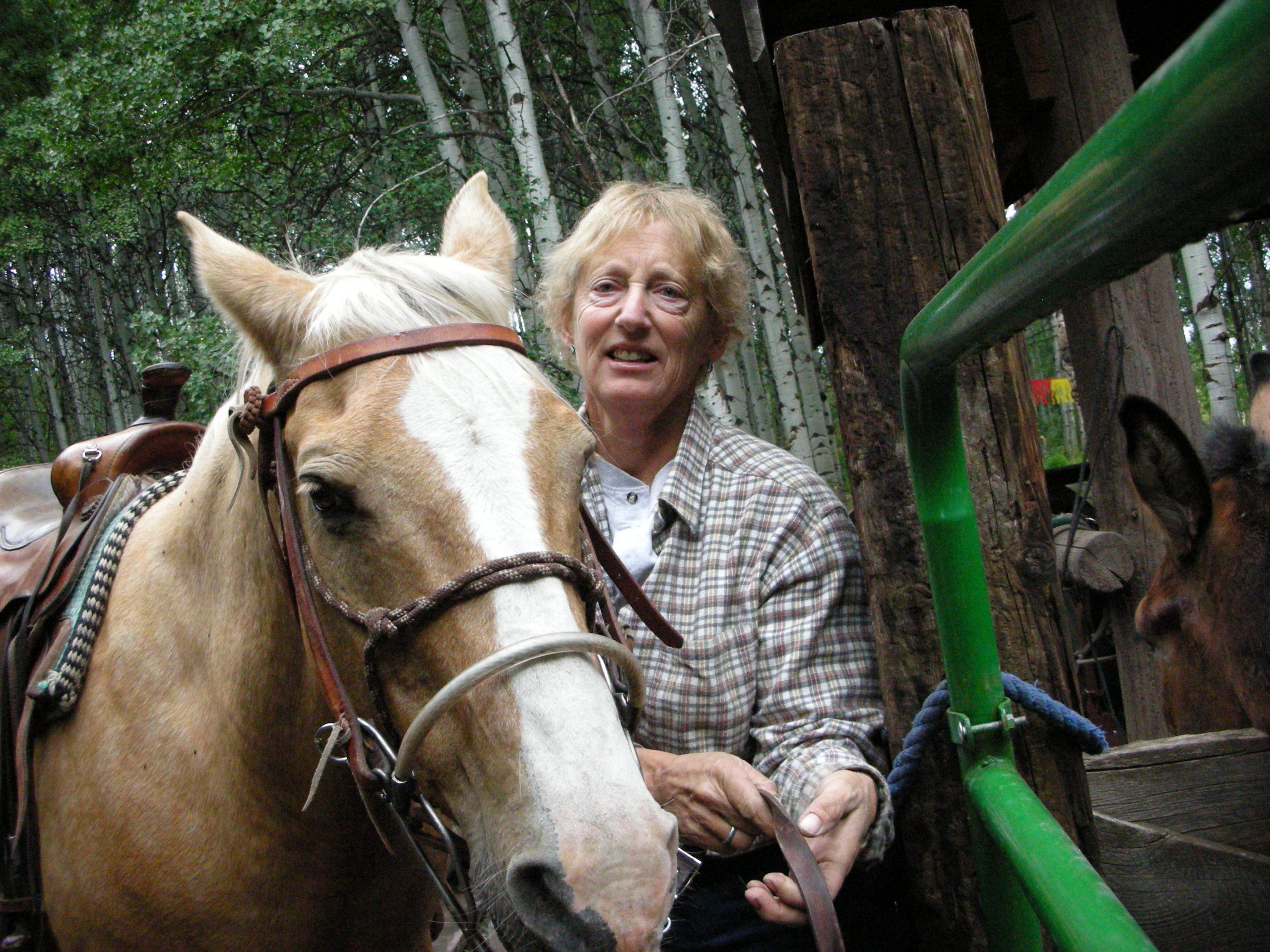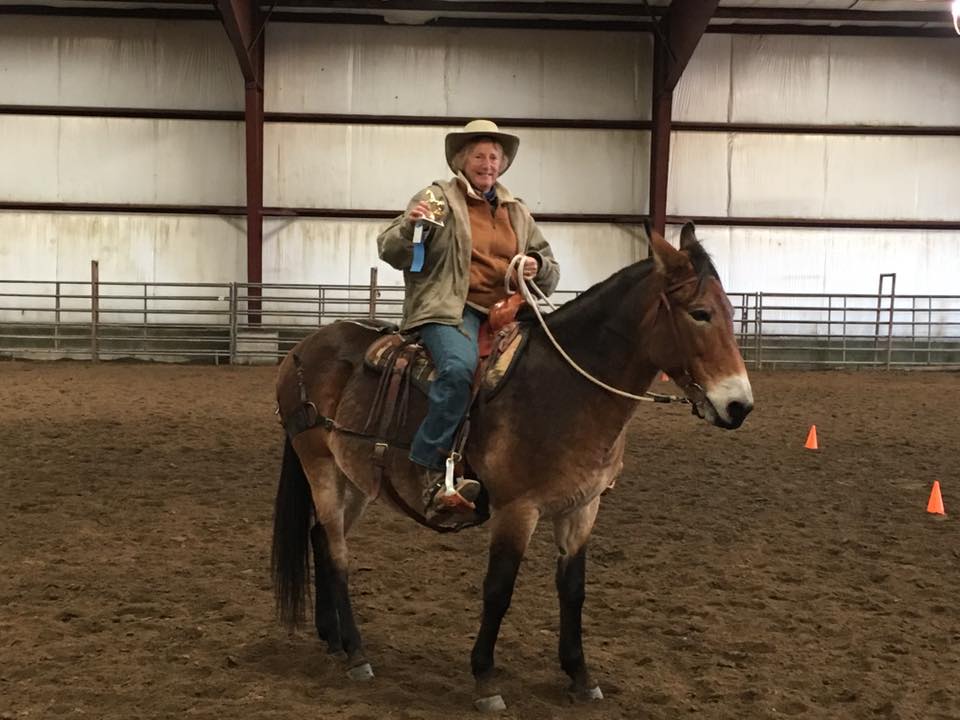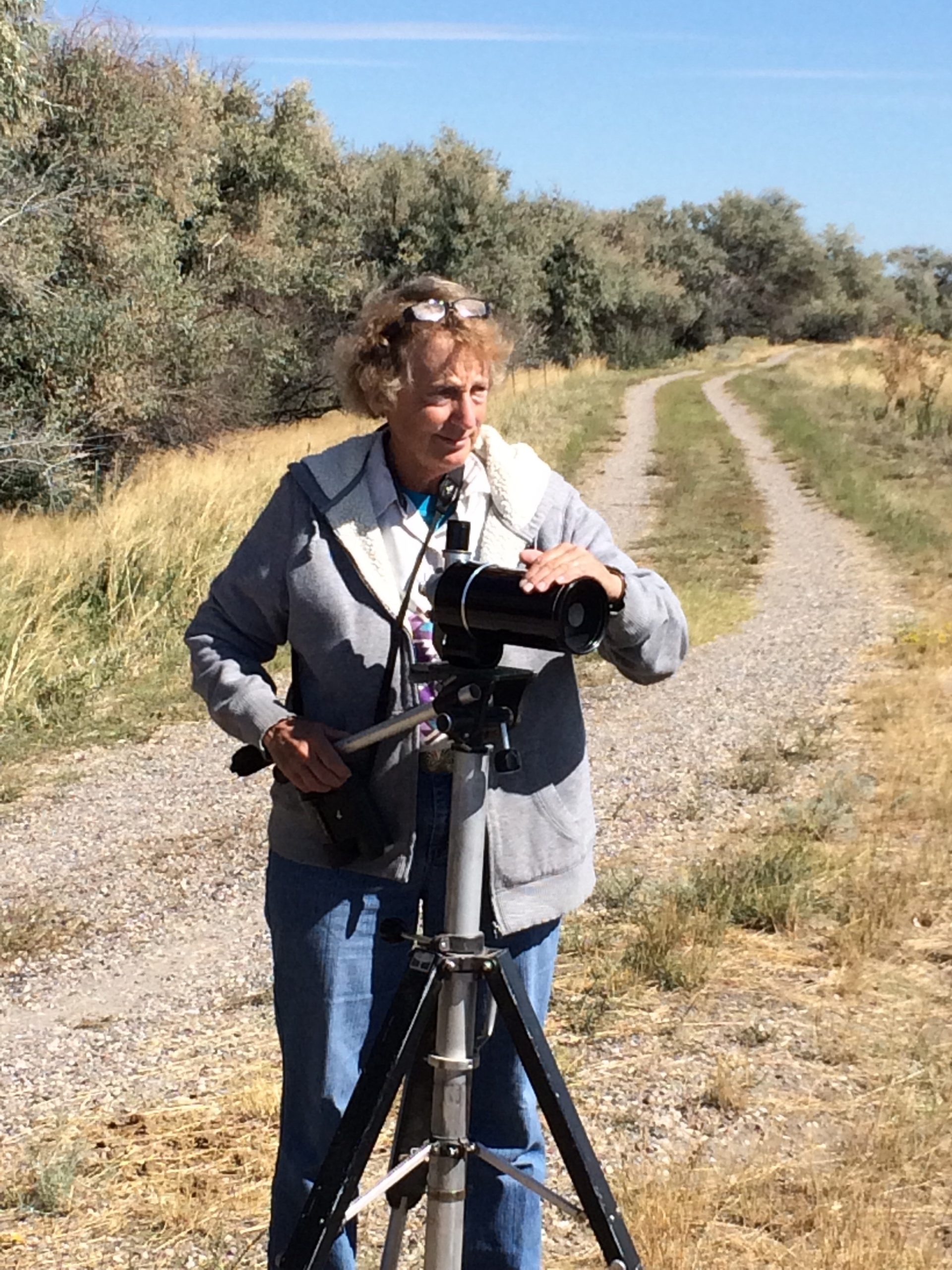Ruth Shea passed away on February 25, 2023. Ruth was a friend and integral member of NRCC for many years. Since 2015, she was a Research Associate and before that, served as a long-time member of the Board of Advisors. This page is dedicated to remembering the incredible legacy that Ruth leaves behind in Trumpeter Swan conservation across the Greater Yellowstone Ecosystem and beyond.
A Tribute to Ruth Shea: 1952-2023
by Susan Patla, NRCC Research Associate with input from Gary Ivey, The Trumpeter Swan Society
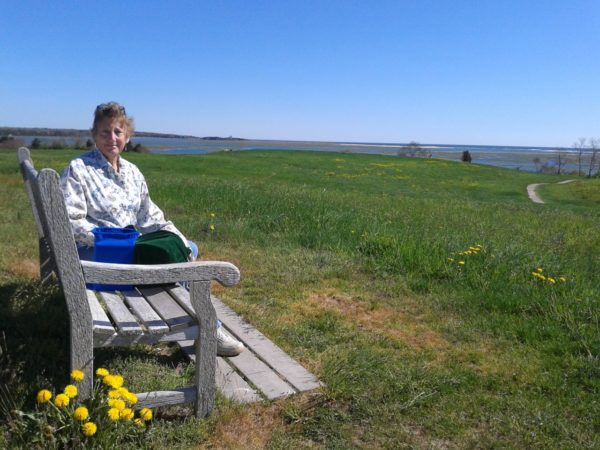
The Trumpeter Swan, North America’s only native swan species, lost one of its most ardent and energetic champions with the sudden passing of Ruth Shea on February 25, 2023. Known by many as the “Swan Lady,” Ruth completed her master’s thesis, “The Ecology of Trumpeter Swan in Yellowstone National Park and Vicinity,” in 1979 at the University of Montana, Missoula. This was only the first step in her life-long work dedicated to the study and conservation of trumpeters in the Greater Yellowstone region and beyond. Working as a scientist, historian, and conservationist, she inspired and taught many of us over the last 40 years. The full extent of her knowledge, activism, and influence is difficult to grasp as her energy seemed as boundless as the many people she interacted with over the years. One never came away from a conversation with Ruth without new ideas and renewed optimism.
In 1979, Ruth attended her first meeting of The Trumpeter Swan Society (TTSS) and began a decades-long association with this nonprofit. TTSS, based in Plymouth, MN, was founded in 1968 by a small group of dedicated people to assure the vitality and welfare of wild Trumpeter Swans throughout North America. Ruth joined the TTSS board of directors in 1986-1988 and again from 1993-1998, serving as board president 1997-1998. In 1999, she was hired as TTSS’s first Executive Director and served in the role until 2007. In 2007, she returned to the board as Treasurer until her resignation in 2014. She also worked for many years as the TTSS’s Greater Yellowstone Trumpeter Swan Coordinator. Through TTSS, Ruth met and worked with swan biologists and advocates throughout the region, country, and world.
Since the 1970s, Ruth also worked for several different agencies, including U.S. Fish and Wildlife Service (USFWS), U.S. National Park Service, and the Idaho Department of Fish and Game. She also served as Affiliate Faculty for the Department of Biological Sciences at Idaho State University, Pocatello, ID. A valuable contribution resulting from her passion for compiling information was the publication of the “The History, Ecology and Management of the Rocky Mountain Population of Trumpeter Swans (1931-86).” Ruth worked on this, along with co-authors E.O Garton and I. J. Ball, while employed for the USFWS Cooperative Research Unit, Missoula, MT 1984-86. The first edition came out in August 1987. The second edition (July 2013) was published as Volume 34 (1) of North American Swans, a bulletin of The Trumpeter Swan Society. This 278-page volume, consisting of chapters by various authors, summarizes data and management actions for Rocky Mountain Population (RMP) trumpeters which would otherwise have remained scattered in a bewildering variety of unpublished agency reports as well as published papers. It remains available online.
Ruth’s work on swan conservation issues ranged widely, including field work, countless meetings, long library investigations, and many public presentations. In the 1990’s, she and her late husband, Rod Drewien, were leading players in major efforts to change the limited wintering distribution of the RMP trumpeters to points south and east of the traditional Henry’s Fork of the Snake River. This required capturing swans by airboat in sub-zero conditions and arranging translocations of hundreds of trumpeters. The project was considered a failure at first as most swans did not continue to winter where they were originally moved. However, over time, it proved very successful, as significant numbers of RMP trumpeters now winter in a much larger area, including southern Idaho, Oregon, and Utah.
An important part of Ruth’s work as a representative of TTSS was to track Pacific Flyway issues and help with development of Flyway Management Plans which drove conservation actions by state and federal agencies. She addressed swan-hunt concerns as well as advised agencies and NGO’s on Trumpeter Swan management and restoration programs. She also assisted in planning several TTSS conferences and in editing conference proceedings. One important focus of her work was to understand and promote the key role that regional National Wildlife Refuges play in Trumpeter Swan restoration in an era of ever-declining refuge budgets.
Ruth was very interested in the history of Trumpeter Swans, including the history of Red Rock Lakes National Wildlife Refuge in Montana. She discovered that the refuge was established when George Melendez Wright, the first Wildlife Chief of the National Park Service, encouraged the Director of the U. S. Biological Survey to establish a refuge in the Centennial Valley of Montana to protect Trumpeter Swans that left the safety of Yellowstone NP. She led an effort to establish the “George Melendez Wright Conservation Award” as the highest award to be presented by the Board of the Society.
Ruth was an active and engaged member of the Greater Yellowstone Trumpeter Swan Working Group (GYTSWG) that began meeting annually in 1997 and continues to the present day. Comprised of state and federal wildlife biologists, NGO’s, and interested citizens from around the region, the GWTSWG compiles and reviews swan productivity data, shares results of ongoing management activities, and provides recommendations on releases of captive-raised swans to the Pacific Flyway. As a chair and co-chair of this group for over a decade (2000-2011), I worked closely with Ruth, who maintained records for Idaho and the Centennial Valley of Montana. In addition to her dedication to record keeping, she provided an unmatched historic perspective on swan biology and management. Ruth’s hand was often the first to shoot up after any talk. She would ask questions or provide comments that often lead to greater understanding for us all.
After leaving TTSS, Ruth started a new group, the Northern Rockies Trumpeter Swan Stewards (NRTSS) to help keep regional nesting populations secure. Based out of the Northern Rockies Conservation Cooperative (NRCC, Jackson, WY), Ruth planned to provide the upcoming new generation of swan stewards with greater knowledge of swan ecology and the tools to conserve or improve swan habitat. Ruth was a long-time member of NRCC’s Board of Advisors before becoming a Research Associate and starting NRTSS in 2015.
She believed strongly that the continued restoration of Trumpeter Swans in the Greater Yellowstone area and in the western states would depend in the future on long-lasting, private-public partnerships. Although Trumpeter Swans as a species are now considered secure in North America, a real conservation success story, the regional population, she understood, remains vulnerable.
Ruth’s last major accomplishment is still to come. In October 2023, Princeton University Press will publish a book titled, “Yellowstone Birds: Diversity and Abundance in the World’s First National Park.” Ruth was one of the co-authors of the chapter on trumpeters.
Doug Smith, a dear friend, and colleague of Ruth’s provided these thoughts:
Trumpeters had no greater friend, and her passion seeped through on every conversation we had – through the phone and gushing in person. She taught and schooled me like no other and I cherish our conversations. And at the heart of her love was Yellowstone swans – she told me her love formed there watching them alone at Grebe Lake as a young woman. I never forgot that and had that thought in my mind whenever I did anything swan in that park. I refer to her writings frequently and still learn from them. She had many unfinished plans and ideas to execute. Her passing is tragic and too soon. And swans have lost one of their most important voices. This is a void that will be hard to fill. For her, we all need to work harder for the swans. She would want that, and it would respect her legacy.
Venna Sparks, one of Ruth’s best and oldest friends, wrote:
Ruth Shea was a treasure of individuality, of beauty in soul and heart, and forever will be deeply missed. She loved The Wild—cold clear streams, lush green meadows, wild wind, golden sunshine, flowers, rocks, dirt.
She also deeply loved her dogs, cats, horses, mules, donkey and visiting feeder birds. Sometimes with her remarkable scientific curiosity, and in wonderment, she minutely analyzed their behaviors.
But most of all she loved trumpeter swans, observing, absorbing, cradling and nourishing their existence with profound diligence and devotion. This seemed an integral, innate part of her vibrant core and soaring intellect. The elegance and beauty of the swan video she created years ago had glimmers of this infusion. She was enthusiastically preparing to write a book on swans (detailed elsewhere). It would have been a gem.
Her fierce intelligence, her carefully channeled empathy, fearless integrity, bold leadership and enthusiastic undeviating motivation fused into remarkable and successful productivity. Her creative mind birthed endless projects. Some proved heavily burdensome or caused shattering disappointment, but these never quelled her creative flow.
When we hear John Denver singing his songs of sweet beauty, wild freedom, rocky mountains, walks in the rain, soaring tumbling clouds—we will think of Ruth’s essence, also of those elegant, radiant, big white birds she cherished and protected.
